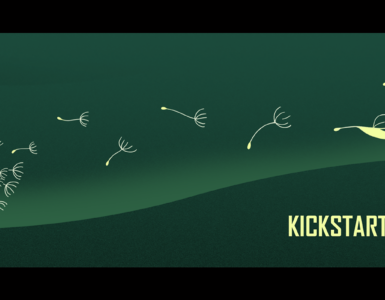An Interview with CCF dev team at RisingWings
At a time when public attention towards animal protection is higher than ever, there are those who dream of a happier world of coexistence between humans and animals. Meet Team Happy Paws, a development team specializing in wholesome games at RisingWings. How do game developers contribute to animal protection, you ask? From a game like “Camping Cat Family (CCF)” that delivers a heartwarming experience just by looking, to the social contribution campaign “Animal Lives Matter (ALM),” we spoke to these great believers in the power of small contributions.
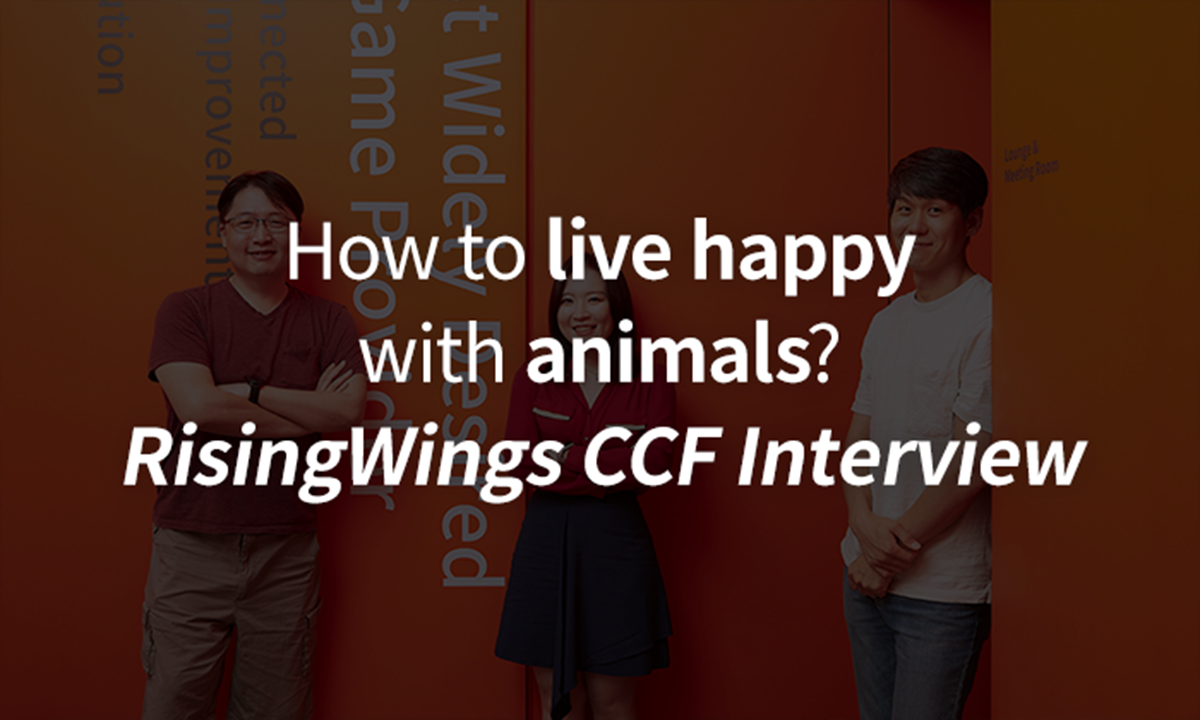
Could you introduce yourselves to the readers of the KRAFTON blog please?
Jungsan Kim (Kim): Hi there. I’m Jungsan Kim, the art director of CCF at RisingWings.
Suyoung Choi (Choi): Hello. I’m the producer of CCF, Suyoung Choi.
Doyoon Kang (Kang): Nice to meet you. I’m Doyoon Kang and I’m in charge of UI design at CCF.
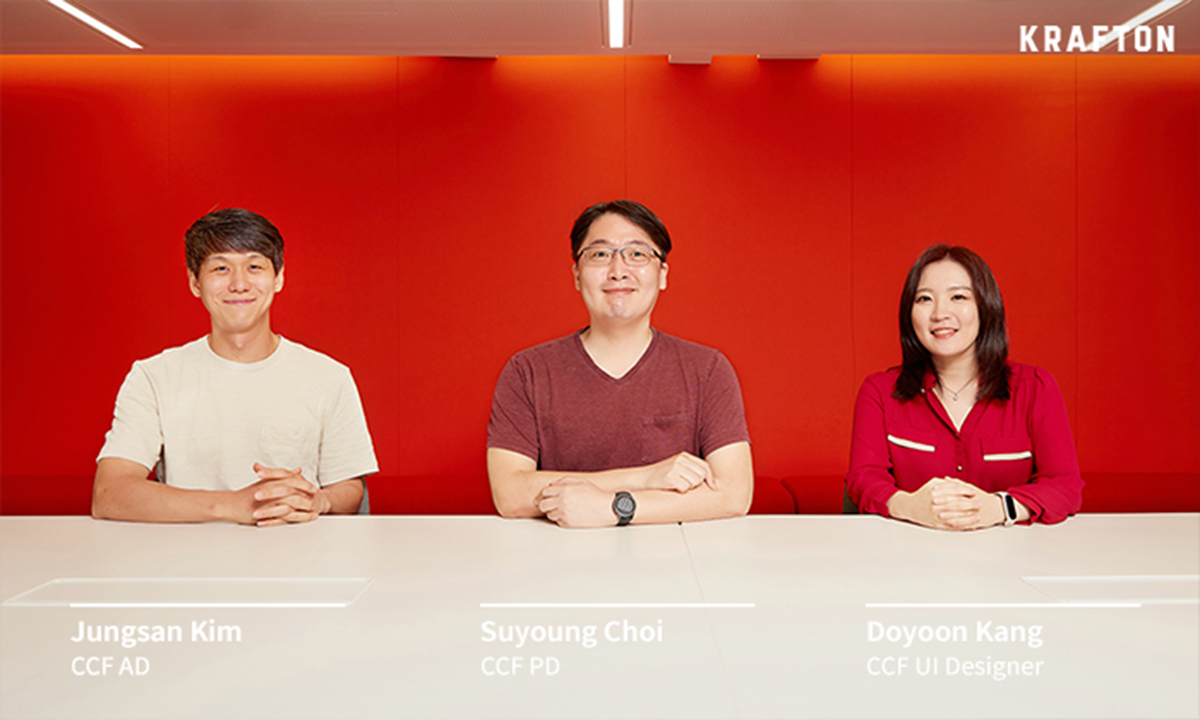
What kind of game is CCF?
Choi: It’s a wholesome game where players build a campsite with a family of adorable cats and spend their leisure time there. All the cats are strays. CCF is an idle game where players watch stray cats that used to struggle in urban alleyways and remote environments come to this idyllic campsite and live happy lives.
Kim: At first, we thought about developing a game where players directly rescue animals, instead of a campsite, but we didn’t like the idea of consuming the imagery of animals in danger through a video game. Instead, we wanted to produce a game in which animals live happily within the game and allow the proceeds to help animals in real life.
Choi: Under this current concept, our game has undergone the R&D phase and entered into the full production phase since around four months ago. We plan to launch the game on the South Korean Google Play Store on August 18. We’re currently accepting pre-registrations on Google Play, so I hope that many of our readers find us there. Going forward, we plan to incorporate user feedback and add new content and systems.

What was the internal reaction when you said that you wanted to make a wholesome game?
Choi: At first, some people were rather worried, especially since our company had mostly developed sports and strategy games. However, from the content planner’s perspective, every single video game theme has its fans and haters. For example, any game based on combat entails violent elements, which some people find offensive. Instead, we chose to focus on our company motto of “Widely Desired” and tried to make a game that would be liked by as many people as possible. In the end, we decided that CCF fits our motto and vision the best.
Kang: Internal marketing is an important part of game development. We presented key arts and even conducted a survey. Every time we showcased an in-game screenshot, we received more and more internal attention. Some even asked when we’re going to release the game. I think the game’s cute design and novel premise led to a positive response from our company members.
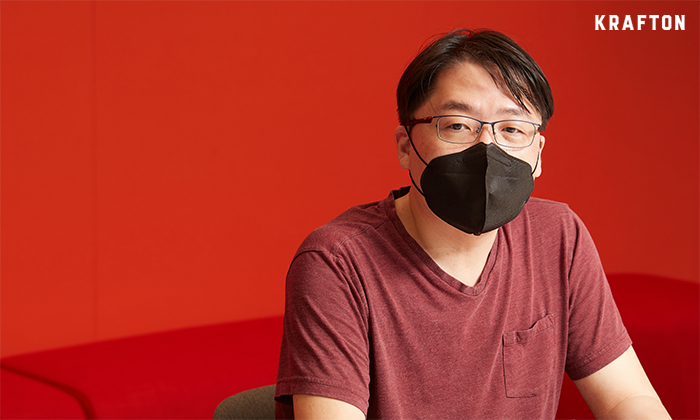
Is there a reason why you chose to create an idle game?
Choi: A video game is all about the experience. An idle game is a genre that purely emphasizes the growth aspect among many aspects of a video game. This might sound simplistic, but it broadens the user base for the game, since it lowers the barrier of entry for everyone. We thought hard about ways to incorporate the advantages of idle games, as well as the kind of satisfaction we wanted to deliver. We also answered the question of “What kind of experience do people want from our game?” Unfortunately, that’s all I can tell you for now. (Laughs) We plan to continue actively incorporating various feedback from our users.
The team name “Team Happy Paws” seems rather unique, what does it mean?
Kang: To start with, we were working under a team name determined by the project. Then someone suggested that we should change the team name to reflect our hope for the happiness of animals. Out of a variety of ideas, we felt that the phrase “happy paws” best conjured up the image of cute, happy animals. Since we all came together through our love for animals, we plan to keep developing games themed around animals.
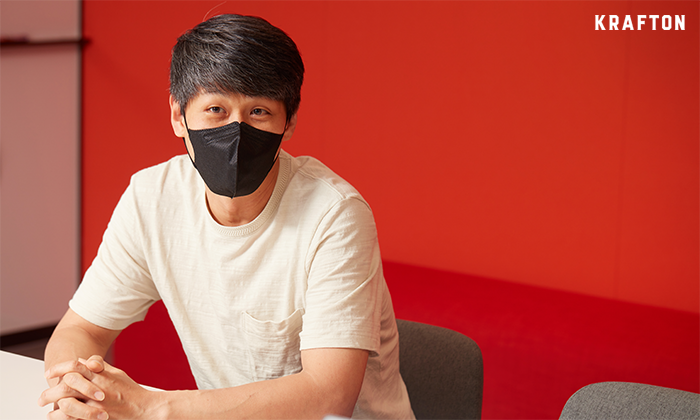
Is it true that everyone on the development team has animal companions?
Kang: I’ve had a dog for 13 years and a cat for two years. Since we’re making a game about animals, we all want to bring the cat or dog butler experience to life. (Laughs) We’re full of ideas, but since there’s only so much we can incorporate at each stage of game development, it’s difficult to reflect them all. This is where our producer comes in.
Choi: I’ve raised a dog and a cat for a long time. I think dogs and cats each have their own appeal. Sometimes dogs can be better than family. Sometimes, when I come home late after work, only our dog greets me at the door. (Laughs) My cat usually acts detached, but it’s adorable when it suddenly acts coy like it’s doing me a big favor by letting me sit next to it. I feel fuzzy inside whenever I feel that my cat’s opening up to me.
Kim: I’ve had a dog for seven years. I’m happy just to see it eat and sleep. It feels like I’m regaining my innocence. I think we’re all incorporating our own experiences of our animal companions as we talk about when we find them adorable and how they help us in times of need.
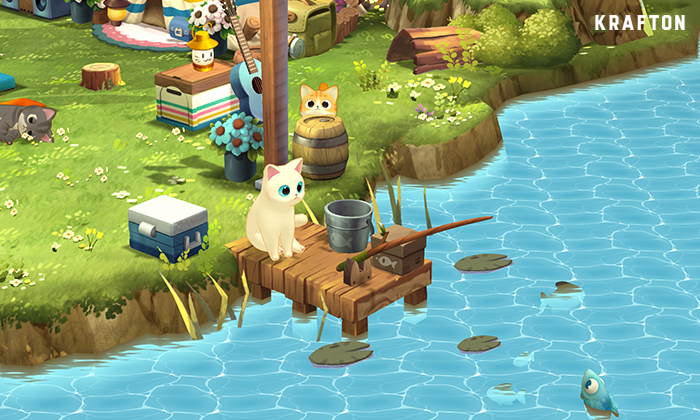
Is there a reason why you chose cats to be the main characters in the game?
Kim: We did a lot of research before starting the development process, and it’s a well-known fact that cats are extremely popular online. As we conducted the ALM project, we met with numerous animal rights groups to learn about their activities. We chose to focus on the issue of stray cats since we believed it’s an issue that deserves greater attention.

Do you have plans to release a dog version of CCF?
Kim: If CCF becomes popular, there’s no reason not to release a dog version. In the future, I would like to grow CCF into a wholesome game brand where all animals and humans can live happy side by side. In that metaverse, maybe the main character will be a dog or even a parrot. The important thing is to link our users’ wholesome experience and animal protection activism through our game, rather than focusing on a particular animal.

What kind of project is ALM?
Choi: Animal Lives Matter is a project that was launched with the aim to create a happy world for humans and animals together. Taking the first step is the hardest part of volunteer and relief activities. We all love animals, but there are so many obstacles to put that love into practice. We hope to start by practicing small steps that are available to us right now and contributing to a better tomorrow.
Kang: This is the conclusion we reached by considering ways to contribute to society while focusing on our main goal of developing a game. In fact, CCF is a part of ALM. We wanted to make a medium through which we can make contributions by simply participating. We also wanted to have a positive impact on the world while remaining faithful to our work as game developers. Therefore, we are striving to have a positive impact by combining these small efforts and practices to share a common sense of awareness.

How did you come up with the campaign name?
Kim: The catchphrase “Animal Lives Matter” was inspired by Black Lives Matter (BLM), a peaceful social movement intended to help African-Americans. Those three words became embedded in people’s minds as an icon, unlike other anti-racist or social movements. As such, we would like ALM to make the public aware of the issue of animal protection.
Could you give us some tips on caring for and protecting animals in our everyday lives?
Choi: I think the most important thing is to give them plenty of attention. I once asked the director of an animal hospital affiliated with an animal protection organization how to care for a hungry stray cat that I sometimes see on the street. I was told that, if I had nothing else to give to the stray cat and had to resort to feeding it tinned tuna, at least squeeze out the oil and salt before feeding it.
Kim: Feeding animals isn’t the only way to care for them either. Without proper supervision, stray animals can multiply out of control and break the balance of their coexistence alongside humans. It’s not an issue that an individual can solve, but what’s important is “TNR”. Trapping stray cats using a safe method, neutering them, then returning them to their habitat is the most effective and humane way to control the feline population. A marker for the use of the TNR method is clipping a tiny bit of the cat’s ear. In the case of female cats, it’s impossible to tell whether they’ve been neutered without an abdominal incision, so this method is a good way of determining whether they’ve been neutered or not.
Kang: Directly participating in relief activities to bolster the manpower is also a good idea, since such activities stand at the forefront of animal protection. I think there are largely two ways to provide manpower. First is to capture or rescue cats, and second is to adopt those rescued cats.
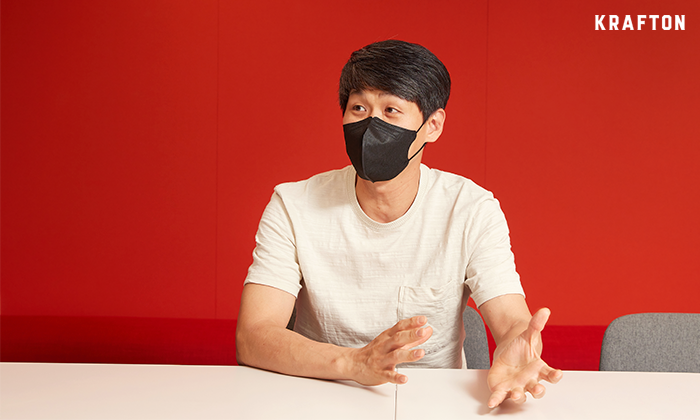
Do you have any advice for would-be cat or dog butlers who are considering adoption?
Choi: There’s something you need to know before adopting. Rescue animals are euthanized if they can’t find new homes. This is an extreme case, but one animal rescue organization had to purge around 200 dogs. It’s such a tragedy. Even if they’ve been rescued from the street, it’s all in vain if they can’t find new families. If you’re thinking of adopting an animal companion, I’d recommend visiting your nearest animal protection facility first.
Kim: Whenever media introduces cute animals or specific breeds, those animals tend to be sold a lot temporarily, then abandoned after a few months. I think it’s vital to teach people the sense of responsibility in raising a living thing, even if it’s an animal. I would like everyone to know that animals are living beings that feel emotions just like us. I hope that would prevent people from abusing them.
Kang: It’s easy to find out the pros and cons of adopting an animal companion through media such as YouTube videos. The important thing is to share your time and space with them. Raising an animal means partially giving up on your privacy. It’s not such an easy task. So, I’d advise doing your due diligence on the cons rather than pros before deciding whether to adopt or not.
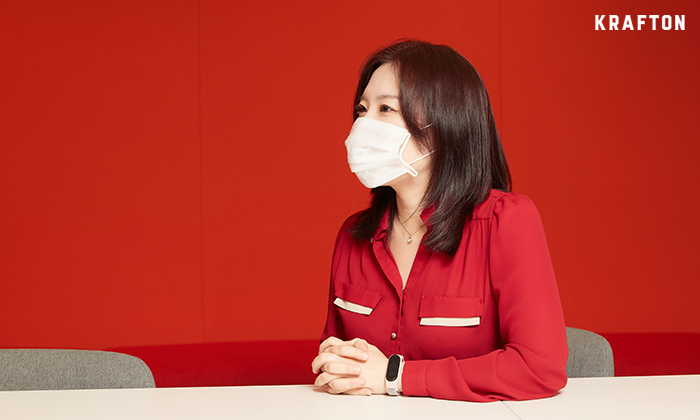
Do you feel that it’s possible to help build a sound ownership culture for animal companions through your game?
Choi: We consume culture through various forms of media. Among them, video games represent a medium that incorporates our participation. And, because we directly participate in it, it represents an effective medium of education. By reflecting various elements such as TNR cats with clipped ears or cats with shortened tails due to malnutrition, we hope to help our users to learn and understand related issues.
Kang: The most important thing is to enhance participation and interest. Take YouTube for example. Videos that contribute to the public good receive comments like “You’re doing great” or “I even watched the adverts. Keep it up!” Similarly, I would like users to enjoy games with positive impacts such as CCF and feel a sense of achievement that they helped animals purely by playing a video game.

What are your ultimate aims through CCF and ALM?
Choi: There’s still a low awareness of animal rights in Korea. Although the animal companion industry and market has grown significantly, there are still countless stray animals on the street, in addition to a constant array of news stories about animal abuse. I think the first step towards protecting animals is to change people’s perceptions. This might sound a little abstract, but I think ignorance is definitely an obstacle to participation. I hope that CCF and ALM will bring about various changes in awareness and contribute to animal protection and the peaceful coexistence of humans and animals.


